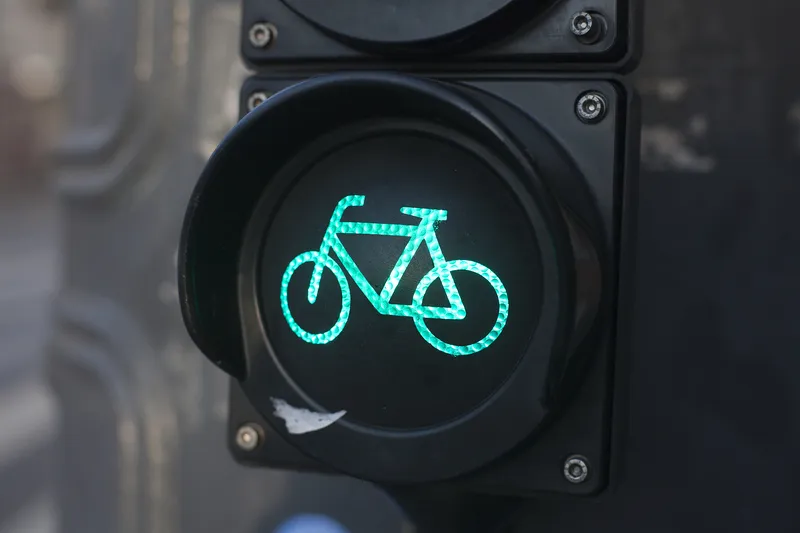Clearview Traffic Group is entering the smart parking market with a range of solutions designed to maximise the effective use of existing parking capacity. The company has launched the M300, its first smart parking product, with others scheduled for later in the year, for both on and off-street parking in a wide range of applications including: retail and lorry parks; motorway service areas; multi-storey car parks; zone signing and dynamic parking charging; taxi ranks and loading bays.
July 4, 2013
Read time: 2 mins
The company has launched the M300, its first smart parking product, with others scheduled for later in the year, for both on and off-street parking in a wide range of applications including: retail and lorry parks; motorway service areas; multi-storey car parks; zone signing and dynamic parking charging; taxi ranks and loading bays.
Clearview Traffic managing director Nick Lanigan, Managing Director at Clearview Traffic says, “Hunting for an available parking space these days is a growing source of driver frustration, as well as a major contributor to congestion and environmental pollution in many major towns and cities across the UK. Because of this adverse impact on the economy, the opportunity to provide smarter solutions to the parking market was identified early on in our work with Dr Stephen Ladyman as a core strand to our vision of keeping traffic moving both now and in our cities of the future. Expansion into this market and moving beyond our traditional loop-based technologies to leverage our core competence and expertise in the application of wireless sensor technologies to offer smarter, more practical parking solutions is the next logical step.”









